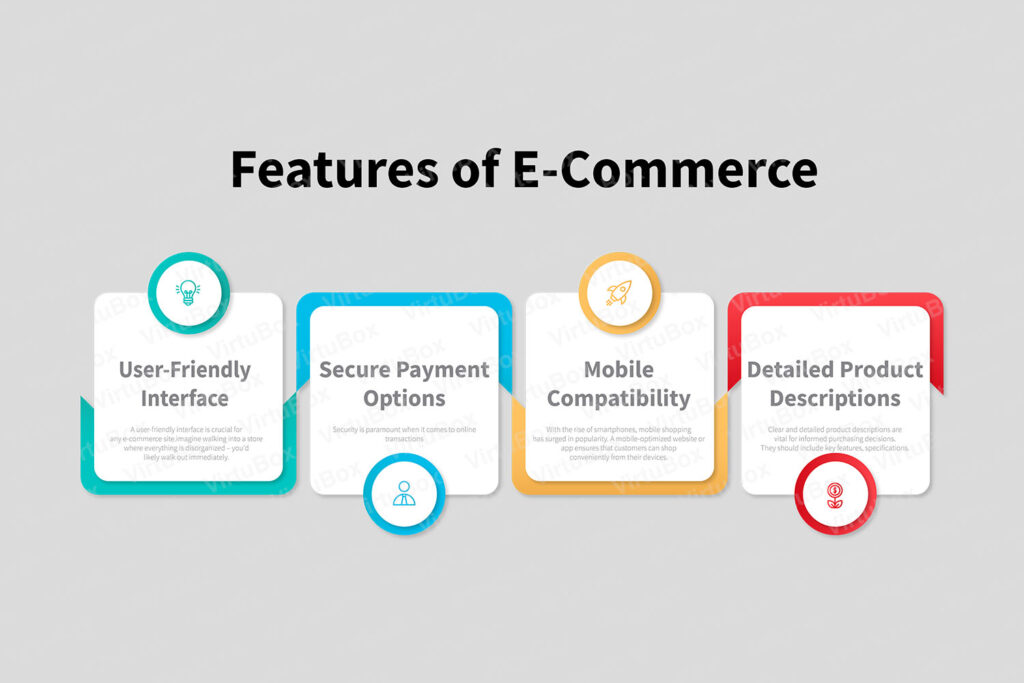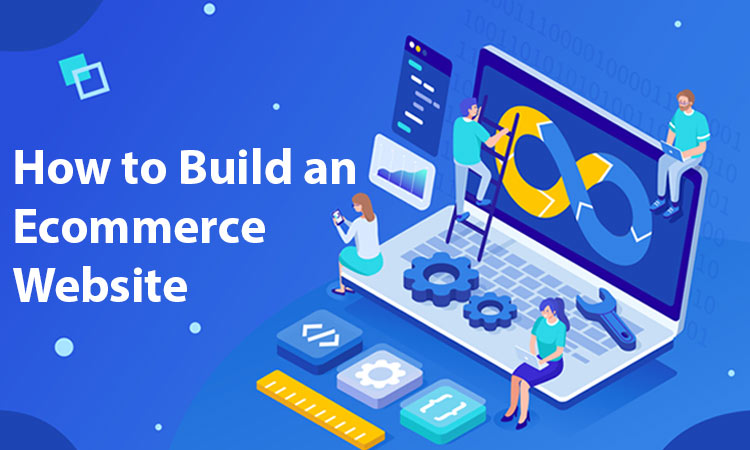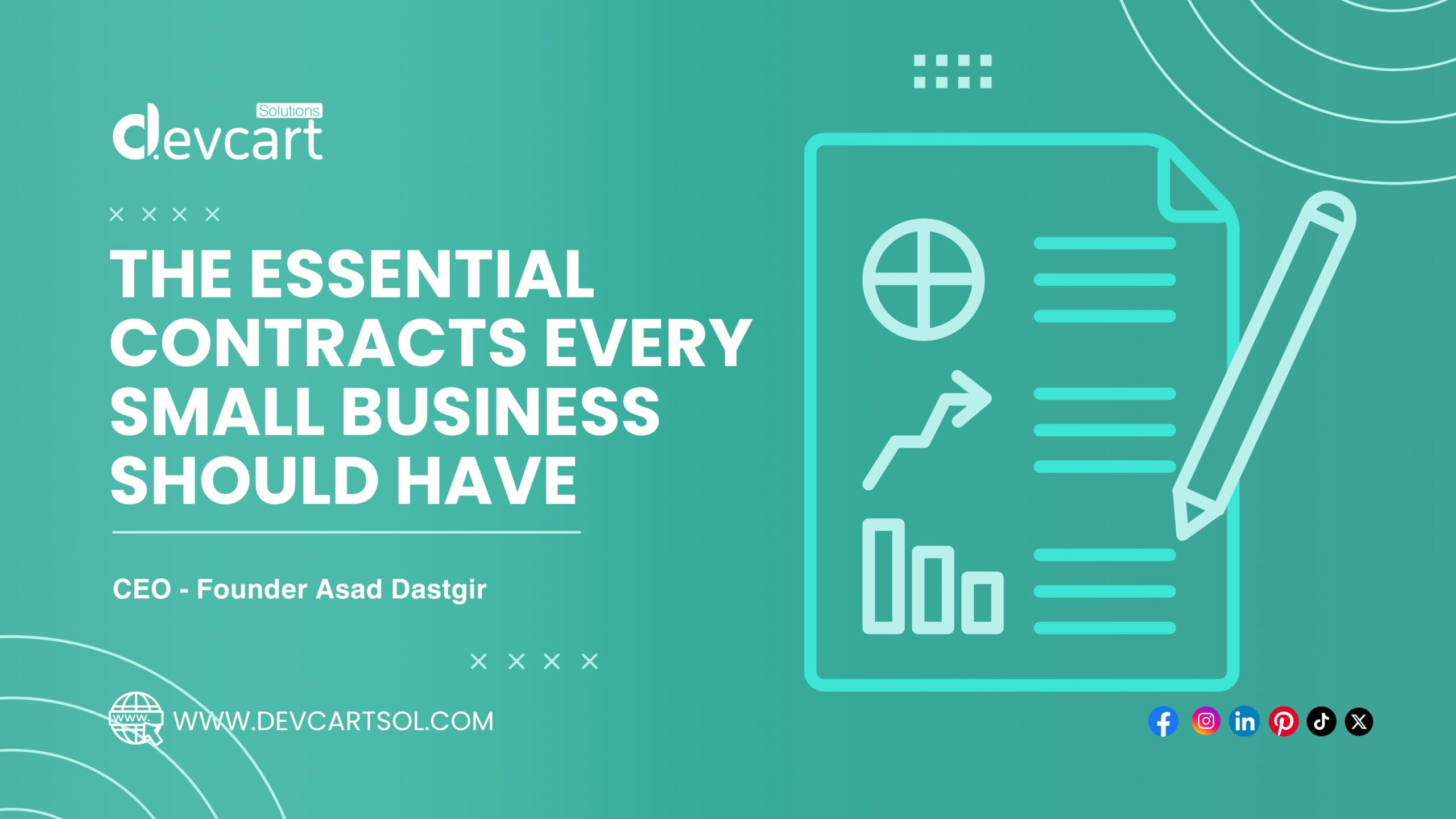In today’s digital age, having an eCommerce website is no longer a luxury—it’s a necessity. Whether you’re selling handmade crafts, electronics, clothing, or digital products, an online store allows you to reach customers around the world 24/7. But what makes an eCommerce website successful? Let’s break it down.
What Is an eCommerce Website?
An eCommerce website is an online platform that allows businesses or individuals to sell products or services over the internet. These websites handle transactions, manage inventory, showcase products, and often offer tools for marketing, analytics, and customer support.
Popular examples include:
- Amazon
- Shopify stores
- WooCommerce websites on WordPress
- Magento-based platforms
Why You Need an eCommerce Website
- Global Reach: Sell to customers beyond your local area or even internationally.
- Lower Overheads: No need for a physical store, reducing costs like rent and utilities.
- Customer Convenience: Shoppers can browse and buy anytime from anywhere.
- Data Insights: Understand buyer behavior through analytics and improve marketing strategies.

Key Features of a Great eCommerce Website
- User-Friendly Design
- Easy navigation
- Clear categories and search functionality
- Mobile responsiveness
- High-Quality Product Pages
- Professional photos
- Detailed descriptions
- Price, size, color, and stock availability
- Secure Payment Options
- SSL encryption
- Multiple payment gateways (e.g., credit cards, PayPal, digital wallets)
- Smooth Checkout Process
- Minimal steps
- Guest checkout option
- Auto-fill address fields
- Customer Support
- Live chat
- FAQ section
- Easy return policy
- SEO & Marketing Tools
- Optimized product pages
- Blog integration
- Email marketing and social media links

Steps to Build Your eCommerce Website
- Choose Your Niche & Products
- Define what you’re selling and who your audience is.
- Pick a Platform
- Popular choices: Shopify (beginner-friendly), WooCommerce (flexible with WordPress), Magento (enterprise-level)
- Buy a Domain Name
- Choose a memorable, brand-relevant domain.
- Design Your Store
- Use a template or hire a designer
- Ensure it’s mobile-friendly and visually appealing
- Set Up Payment & Shipping
- Integrate payment processors
- Define shipping rules and rates
- Test Everything
- Test checkout, links, load speed, and mobile usability before going live
- Launch & Market Your Site
- Use social media, SEO, and email marketing to drive traffic and sales

Common Mistakes to Avoid
- Poor product images and descriptions
- Complicated checkout process
- Not optimizing for mobile
- Ignoring SEO
- Lack of trust signals (no reviews, no security badges)
Final Thoughts
Building an eCommerce website takes planning, effort, and ongoing optimization—but the payoff can be huge. Whether you’re launching a side hustle or scaling a full-time business, your website is the foundation of your online success. Focus on creating a seamless shopping experience, and keep evolving based on customer feedback and data insights.
Need Help Starting Your eCommerce Store?
Let me know in the comments or contact us—we’d be happy to guide you through the process!
















